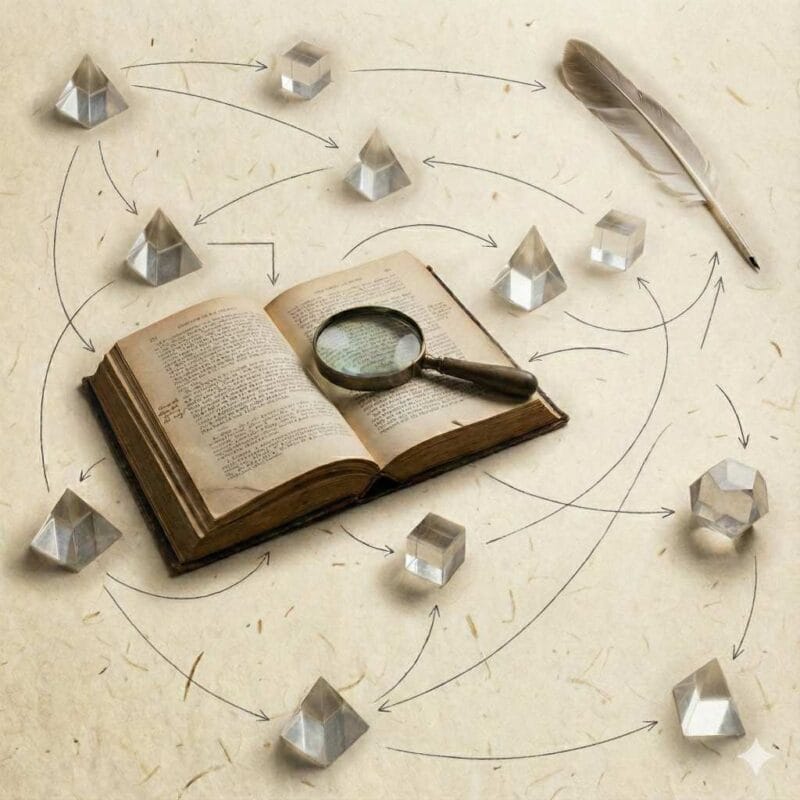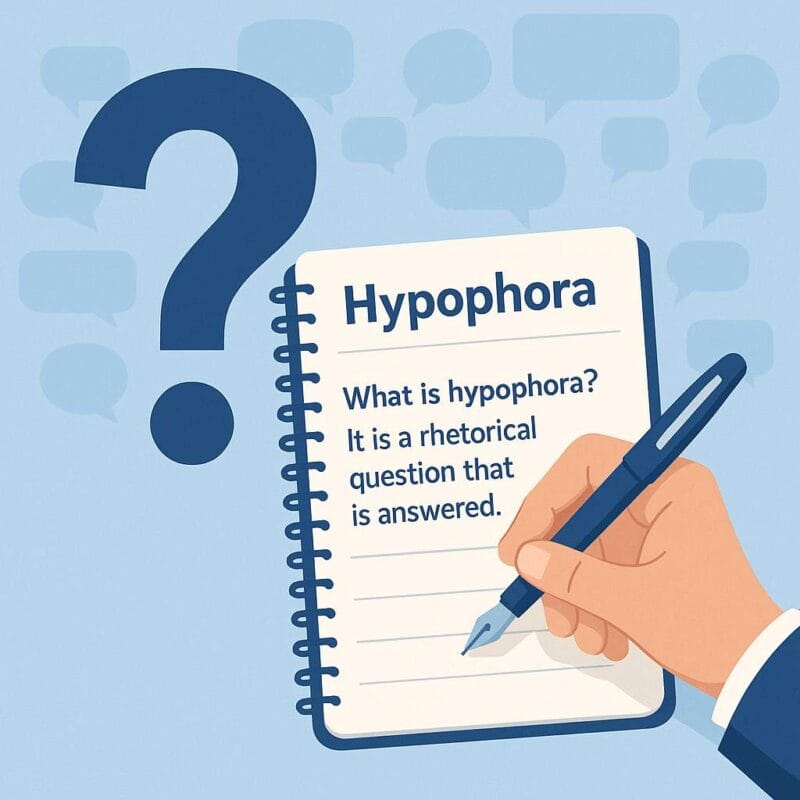A paperback is light, compact and easily transportable, able to be bent and stuffed into the corner of a bag.
A hardcover, on the other hand, is the strong and beautiful option. They are far more durable than paperbacks, and their beauty and collectability means that they hold their value far better too.
Hardback vs paperback: the great debate. When choosing between hardback and paperback books, readers often weigh factors such as cost, durability, and convenience. Hardback books are more durable and often more collectible, making them a popular choice for avid readers and collectors. On the other hand, paperback books are lighter, more affordable, and easier to carry around, appealing to those who enjoy reading on the go.
The key differences between hardback and paperback books include the materials used for the covers and the overall reading experience they provide. Hardbacks feature thicker, rigid covers, providing better protection for the pages, which makes them ideal for readers seeking longevity and a premium feel. In contrast, paperbacks have thinner, more flexible covers, and while they lack the same level of protection, they offer greater portability and lower costs.
For bibliophiles wondering which type of book best suits their needs, considering how and where they plan to read can be essential. Those who prioritize durability and aesthetics might lean towards hardbacks, while readers looking for a budget-friendly and travel-friendly option might prefer paperbacks.
Understanding Book Formats

Book formats vary greatly, with hardback and paperback being the most common. Each format has distinct features that cater to different preferences and needs.
Hardbacks offer durability and a premium feel, while paperbacks are lightweight and portable. Mass market paperbacks are smaller and more affordable, making them accessible. Trade paperbacks, meanwhile, provide a balance of quality and size. Additionally, graphic novels combine art and storytelling in both hardback and paperback formats. Spiral-bound books are practical for hands-on use, while coffee table books showcase stunning visuals, appealing to collectors and casual readers alike.
In this article, we will be focusing on hardback and paperback.
What is a Hardcover Book?
Hardbacks (also known as hardcover books) are known for their rigid, durable covers made of thick cardboard or similar materials. These covers are often adorned with decorative dust jackets, adding an element of luxury and protection. The binding of a hardcover book is typically sewn, which enhances its longevity and durability. These books usually range in dimensions from 6 x 9 to 8.5 x 11 inches, making them substantial in size.
One key aspect is the cost; hardcover books are considerably more expensive, often costing three to five times more than paperbacks. This higher price tag reflects the quality of the materials and the extended lifespan of the book. Hardcover books are ideal for collectors and those who seek long-lasting, elegant editions.
What is Paperback?
Paperback books are characterized by their flexible, lightweight covers made of paper or cardstock, which makes them significantly more portable. The binding on paperbacks is generally glued rather than sewn, contributing to a lower production cost. This affordability is a major advantage, allowing readers to buy more books for the same amount of money spent on hardcovers.
Despite the smaller dimensions and less durable construction, paperback books offer convenience, especially for those who read on the go. Recent changes in the industry have introduced new formats like the “mass market paperback max,” which is slightly larger than traditional mass market paperbacks. This adaptation caters to evolving reader preferences, balancing affordability with improved readability and portability.
Differences in Physical Characteristics
Understanding the physical differences between hardback and paperback books can greatly influence a reader’s choice, particularly in terms of durability, portability, and overall reading experience.
Cover Durability
Hardbacks, with their rigid cardboard or sometimes even wood covers, provide excellent protection for the pages. This makes them suitable for long-term storage and frequent handling.
Paperbacks, in contrast, have flexible covers made from thick paper or thin cardstock. While they are less durable, their flexibility makes them easier to handle in certain situations. This lack of rigidity means that paperbacks are more prone to damage, such as bending or tearing.
Binding Quality
Hardcovers typically possess superior binding quality. Even after extensive use, the sewn pages often remain intact. This higher-quality binding extends the lifespan of the book, making it a preferred option for collectors and avid readers.
Since paperbacks generally use glue binding, they are less durable. Over time, pages in a paperback might start to come loose, especially if the book is frequently read. However, modern advancements in binding techniques have improved the durability of paperbacks to some extent.
Page Thickness and Texture
Pages in hardcover books are usually thicker and of higher quality. This makes the pages more resistant to handling damage, reducing the likelihood of tearing or creasing.
Paperback pages are typically thinner and more flexible. While this contributes to the lightweight nature of the book, it also means that the pages are more susceptible to wear and tear. The texture of the paper in paperbacks can also be less refined compared to that found in hardcovers.
Portability and Weight Differences
Hardcovers are inherently heavier due to their rigid covers and thicker pages. This can make them less convenient to carry around, especially in situations where space and weight are important, such as travel or commuting.
Paperbacks are significantly lighter and more portable. Their flexible covers and thinner pages contribute to their lightweight nature, making them a preferred choice for readers on the go. They are easier to fit into bags and carry for extended periods of time without causing strain.
Ease of Reading and Handling
Because of its weight, reading a hardcover book often requires a surface to rest on. However, the book lies open more naturally, making it easier to read hands-free.
Paperbacks, on the other hand, are easier to handle and more comfortable to hold for extended periods of time because they are lighter. However, they may not stay open as easily, sometimes requiring the reader to hold the book open with one hand, which can be cumbersome during prolonged reading sessions.
Cover Art and Design Options
Hardcover books often feature elaborate cover designs, including embossed or foil-stamped titles and images. Dust jackets add another layer of creative design and protection. These artistic elements make hardcovers appealing for gifting and display.
Because of their flexible construction, paperbacks typically offer less real estate and fewer options for intricate design. However, modern paperbacks are increasingly coming with high-quality print and design options, making them visually appealing despite their simplicity.
Spine and Shelf Appearance
The spines of hardcover books often come with detailed designs and titles embossed, making them aesthetically pleasing when displayed on a shelf. Their rigid structure keeps the spine intact for longer periods, maintaining the book’s appearance.
Paperback spines, because they are more flexible, can wear and crease over time. Titles and graphics on the spine may fade or become damaged with frequent handling. Despite these potential downsides, paperbacks still offer a compact and practical option for shelf storage, conserving space.
Economic Considerations
When choosing between hardback and paperback books, economic factors play a significant role. These include the production costs, consumer pricing, the expected lifespan of each type, and considerations for maintenance and preservation.
Cost of Production
Hardcover books generally have a higher production cost due to their durable and high-quality materials. They often feature sturdy cardboard covers wrapped in cloth, leather, or vinyl. The manufacturing process can also include special features like dust jackets or protective coatings.
In contrast, paperback books are less expensive to produce. Flexible, thinner paper covers and quicker printing times reduce overall costs. This makes them an attractive option for publishers aiming to minimize expenses.
Pricing for Consumers
Consumers pay a higher price for hardcover books due to their higher production costs. Typically, hardcovers command a premium price, frequently double that of a paperback version. This pricing strategy is common for new releases and books by well-known authors, aiming to maximize revenue.
Paperback books are marketed as a more affordable alternative. Their lower production costs allow them to be sold at a cheaper price, making literature more accessible to a wider audience. This is particularly appealing for budget-conscious readers.
Expected Lifespan
The construction of hardcover books allows them to withstand more wear and tear. Their robust build ensures they can withstand repeated handling and environmental factors, making them a staple in libraries and collections. Their durability justifies their higher initial cost over time.
Paperbacks, on the other hand, have a shorter lifespan. The softer cover and lower-quality paper make them more susceptible to damage. While they are cost-effective and portable, they are not intended for long-term use and are more likely to show signs of aging quickly.
Maintenance and Preservation
Maintaining hardcover books is relatively straightforward due to their sturdy construction. They can be stored in various environments with less risk of physical degradation. This resilience makes them a preferred choice for collectors and those wishing to keep books in excellent condition over many years.
Paperback books require more careful handling. Their softer covers and less durable pages are prone to bending, tearing, and other forms of damage. Proper storage in a cool, dry place and gentle handling are essential to preserving their condition for as long as possible.
Further Reading
Which Looks Better, Hardcovers or Paperbacks? by Eliza Browning, Electric Literature
Why do we love hardback books? by Sidney Pycroft, The Boar
8 Reasons, Read Hardcover Books by Shyamdeo Ranjan, Medium
Why I Love Paperbacks by Isaac Fitzgerald, Esquire
10 Reasons Why Paperbacks Are Honestly the Best by Underlined, Penguin Random House




